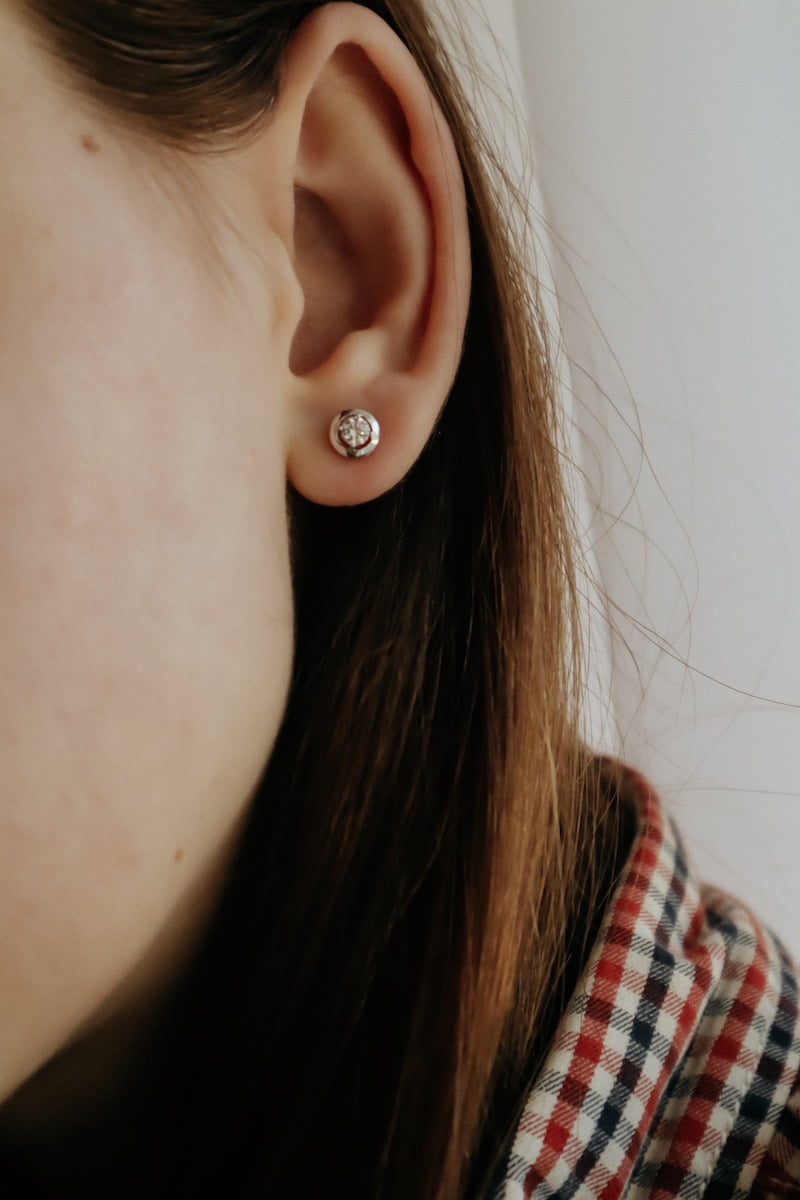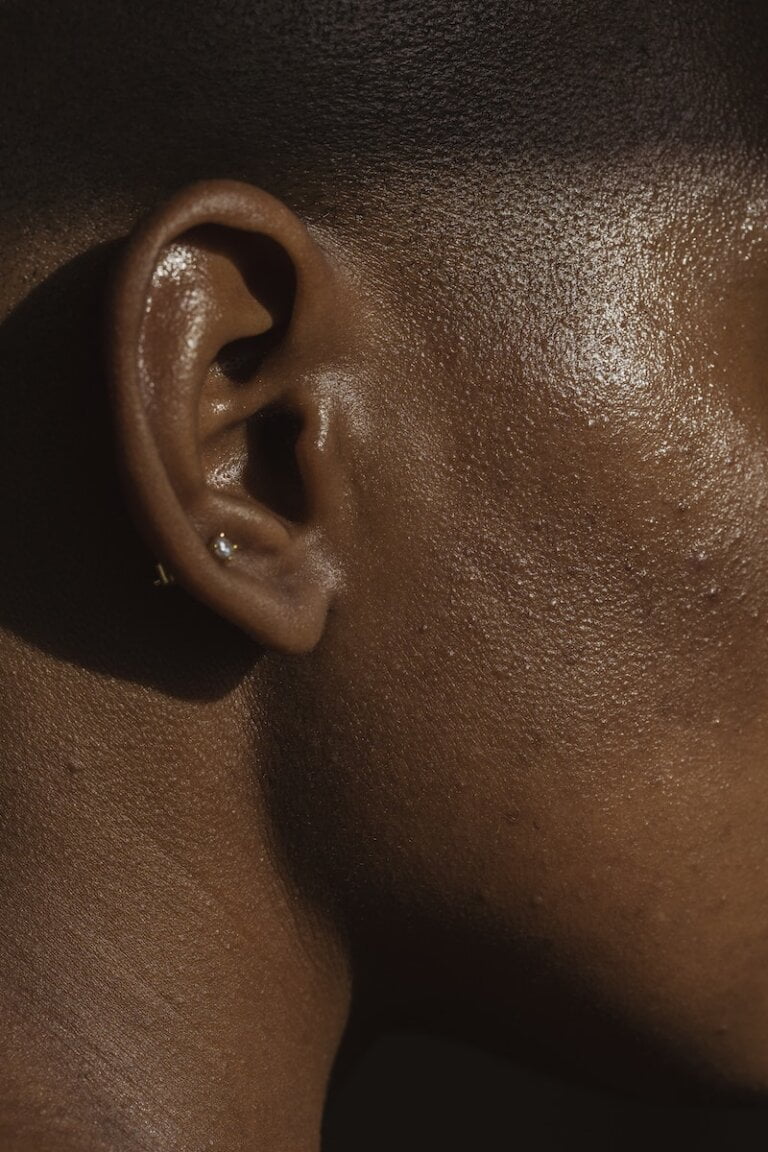Beyond the Build-Up: Exploring the Potential Problems Caused by Excess Ear Wax
Excess ear wax, also known as cerumen, is a common issue that many people experience. While ear wax is a natural substance produced by the body to protect the ear canal, an excessive build-up can lead to various problems. In this article, we will delve into the potential problems caused by excess ear wax, their symptoms, and the possible solutions to alleviate these issues.
Understanding Ear Wax
Before we discuss the problems associated with excess ear wax, it is important to understand its purpose and composition. Ear wax is a yellowish, waxy substance produced by the glands in the ear canal. It acts as a natural lubricant, trapping dust, dirt, and other foreign particles, preventing them from reaching the delicate inner ear. Additionally, ear wax possesses antibacterial properties, helping to keep the ear clean and free from infection.
Ear wax, although beneficial, can sometimes accumulate and cause problems. The excess build-up can occur for various reasons, such as the body producing too much wax or inadequate natural clearing of the ear canal. When this happens, it can lead to a range of symptoms and issues.
Symptoms of Excess Ear Wax
When the production of ear wax exceeds the rate at which it naturally clears itself from the ear canal, a build-up can occur. This excess ear wax can lead to various symptoms and problems, including:
- Hearing Loss: One of the most common symptoms of excess ear wax is a gradual or sudden decrease in hearing. The build-up can block the ear canal, preventing sound from reaching the inner ear. This can affect a person’s ability to communicate and engage in daily activities.
- Earache: Excess ear wax can cause pain and discomfort in the affected ear. The pressure created by the wax build-up can irritate the ear canal and cause inflammation. Earaches can range from mild to severe, and they can interfere with a person’s quality of life.
- Tinnitus: In some cases, excess ear wax can lead to a ringing, buzzing, or hissing sound in the ear, known as tinnitus. This symptom can be distressing and impact a person’s quality of life. It can interfere with sleep, concentration, and overall well-being.
- Dizziness and Vertigo: When the ear canal is blocked by excess ear wax, it can disrupt the balance mechanisms in the inner ear, leading to dizziness and a spinning sensation, known as vertigo. This can be extremely disorienting and affect a person’s ability to perform daily tasks.
It is important to note that these symptoms may vary from person to person, and not everyone with excess ear wax will experience all of them. However, if you notice any of these symptoms, it is advisable to seek medical attention for proper diagnosis and treatment.
Potential Problems Caused by Excess Ear Wax
Beyond the immediate symptoms mentioned above, excess ear wax can give rise to several potential problems if left untreated. These problems include:
- Impacted Ear Wax: If excess ear wax is not removed, it can become impacted, hardening and adhering to the ear canal walls. Impacted ear wax can cause severe pain, loss of hearing, and even infection. It can create a barrier that prevents sound waves from reaching the eardrum, leading to further hearing loss.
- Ear Infections: Excess ear wax can create a favorable environment for bacterial growth, increasing the risk of ear infections. The blockage prevents the ear from self-cleaning, making it more vulnerable to infection. Ear infections can cause pain, swelling, and discharge from the ear. If left untreated, they can lead to more serious complications.
- Inflammation and Irritation: The presence of excess ear wax can irritate the ear canal, leading to inflammation and discomfort. This can cause itching, redness, and tenderness in the affected area. Prolonged inflammation can damage the delicate tissues of the ear canal and increase the risk of infection.
- Eardrum Damage: If the pressure from the excess ear wax build-up becomes too high, it can potentially damage the eardrum. This can result in hearing loss or even a ruptured eardrum, requiring medical intervention. Damage to the eardrum can have long-lasting effects on hearing and may require surgical repair.
It is important to address the potential problems caused by excess ear wax promptly to prevent further complications and ensure overall ear health.
Solutions to Alleviate Problems Caused by Excess Ear Wax
Fortunately, there are various solutions available to alleviate the problems caused by excess ear wax. It is important to note that self-cleaning methods, such as using cotton swabs or other objects, should be avoided as they can push the wax deeper into the ear and worsen the problem. Instead, consider the following options:
- Ear Drops: Over-the-counter ear drops can be used to soften the excess ear wax, making it easier to remove naturally. These drops typically contain oil-based or water-based solutions that help break down the wax. It is important to follow the instructions provided with the ear drops and consult a healthcare professional if the symptoms persist or worsen.
- Manual Removal: In certain cases, when the build-up is severe or impacted, manual removal by an Audiologist may be necessary. This procedure involves using specialised tools to carefully extract the excess ear wax. It should only be performed by trained professionals to minimise the risk of complications.
- Microsuction: Microsuction is another method used by Audiologists to remove excess ear wax. It involves using a small suction device to gently and precisely remove the wax from the ear canal. This method is considered safe and effective, but it should be performed by trained professionals.
It is essential to consult an Audiologist who specialises in ear care to determine the most suitable solution for your specific situation. They can assess the severity of the ear wax build-up and recommend the appropriate treatment method.
Prevention and Maintenance
To minimise the occurrence of excess ear wax and its associated problems, regular ear hygiene and preventive measures can be taken. Consider the following tips:
- Avoid Inserting Objects: As mentioned earlier, avoid using cotton swabs, hairpins, or any other objects to clean the ears. This can push the wax deeper and cause more harm than good. The ear has a self-cleaning mechanism, and inserting objects can disrupt this process.
- Shower with Caution: While showering, be cautious about water entering the ears. Excessive water exposure can disrupt the natural clearing mechanism of the ear wax. Consider using earplugs or tilting your head to allow water to flow out of the ears after showering.
- Seek Professional Assistance: If you are prone to excessive ear wax build-up or experience recurring problems, consult an Audiologist. They can provide guidance, perform regular check-ups, and recommend appropriate preventive measures. Regular visits to an ear care specialist can help identify any underlying issues and address them before they worsen.
- Regular Check-ups: Periodic ear examinations by an Audiologist can help identify and address any issues related to excess ear wax at an early stage. They can perform thorough examinations, clean the ears if necessary, and provide guidance on maintaining optimal ear health. Regular check-ups can prevent the build-up of excess ear wax and detect any abnormalities before they cause significant problems.
In conclusion, excess ear wax can lead to a range of problems, including hearing loss, earaches, and dizziness. It is essential to recognize the symptoms and seek appropriate solutions to mitigate these issues. By understanding the potential problems caused by excess ear wax and adopting preventive measures, individuals can maintain healthy ears and prevent complications. Remember, when it comes to ear wax issues, it is always advisable to consult an Audiologist for proper diagnosis and treatment.







